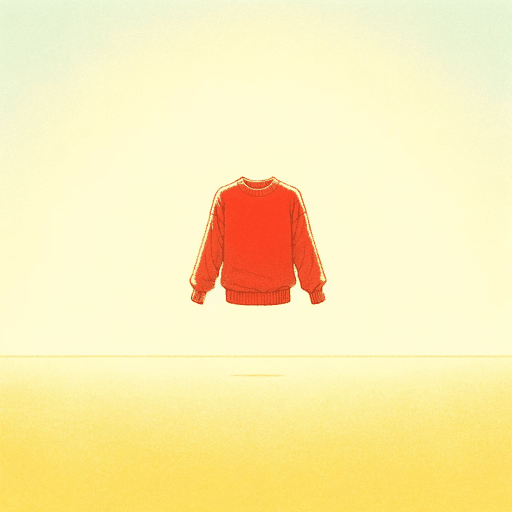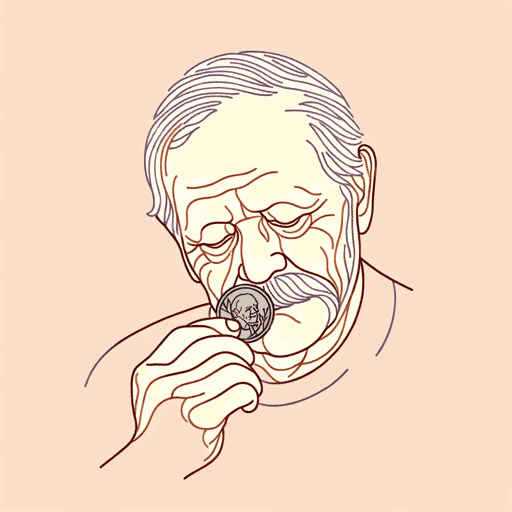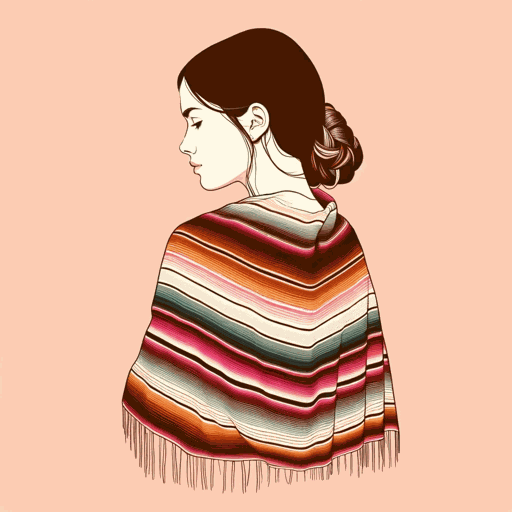27 pages • 54 minutes read
Sandra CisnerosEleven
Fiction | Short Story | YA | Published in 1991A modern alternative to SparkNotes and CliffsNotes, SuperSummary offers high-quality Study Guides with detailed chapter summaries and analysis of major themes, characters, and more.
Important Quotes
“What they don’t understand about birthdays, and what they’ll never tell you is that when you’re eleven, you’re also ten, and nine, and eight, and seven, and six, and five, and four, and three, and two, and one.”
(Paragraph 1)
The opening line introduces us to Rachel and the setting, her 11th birthday. It also establishes her internal monologue. The repetition of “and” indicates that she is speaking from a place of youth and immaturity, as the syntax is reminiscent of how a young child might count out loud.
“Like some days you might say something stupid, and that’s the part of you that’s still ten. Or maybe some days you might need to sit on your mama’s lap because you’re scared, and that’s the part of you that’s five. And maybe one day when you’re all grown up maybe you will need to cry like if you’re three, and that’s okay. That’s what I tell Mama when she’s sad and needs to cry. Maybe she’s feeling three.”
(Paragraph 2)
Rachel elaborates on her theory of aging. She believes that someone is simultaneously all the ages they have ever been in life, and that different ages might make themselves known at different times. The reader also gets a glimpse of Rachel’s family life; it can be extrapolated that Rachel and her mother have a close connection, but sometimes Rachel assumes the role of comforting her mother. This reflects the contrast between Rachel’s internal and external selves; while she is unassertive and childlike in the public sphere of Mrs. Price’s classroom, she is competent and capable in the private sphere of her own home.
“Because the way you grow old is kind of like an onion or like the rings inside a tree trunk or like my little wooden dolls that fit one inside the other, each year inside the next one. That’s how being eleven years old is.”
(Paragraph 3)
Rachel expands on her theory of aging, this time defining what it looks like to be 11 years old. Once more, she uses
Related Titles
By Sandra Cisneros
Featured Collections
Books on Justice & Injustice
View Collection
Challenging Authority
View Collection
Chicanx Literature
View Collection
Coming-of-Age Journeys
View Collection
Hispanic & Latinx American Literature
View Collection
Popular Study Guides
View Collection
Power
View Collection
Pride & Shame
View Collection






